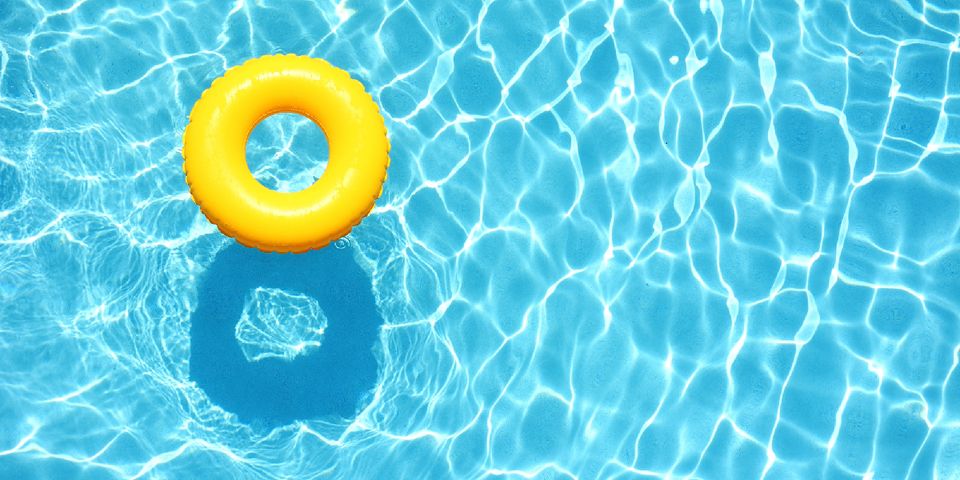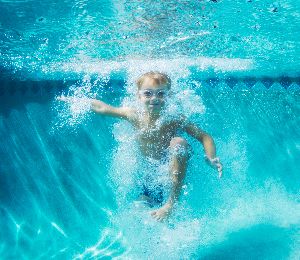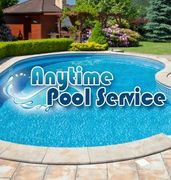
Having a pool in your backyard provides you with a beautiful place to relax on a warm sunny day. It gives your family a way to blow off steam and spend time together. However, swimming pools need a lot of care and upkeep to ensure they're safe. Even after small storms, you may need to perform some minor maintenance. The following guide outlines a few essential pool service tips that you can utilize after it rains.
How to Care for Your Pool After It Rains
1. Brush and Skim the Pool
After a storm or summer shower, thoroughly brush and skim the pool. Pulling out large debris with a leaf rake or skimmer pole reduces the stress on the pool's water filtration system. Use a push broom to stir up dirt that has settled on the bottom to make it easier for the filter system to remove sediment from the water. It can also keep dirt and algae spores from getting stuck to wall and floor surfaces. Always clean out the pump basket to improve water flow throughout the filtration system.
2. Test and Balance the Pool Water

Rainwater, dirt, and debris can impact the pool's chemistry, including its pH and total alkalinity. Check the pool's pH level with an at-home test kit. Submerge the test strip in the water for the amount of time indicated on the box, and compare the color that shows up with the scale on the container. The water should sit somewhere between 7 and 7.6 on the pH scale.
You should also check the total dissolved solids, metal content, and calcium hardness. If any numbers fall outside the normal range, your pool service can teach you how to correctly add a sequestering agent to prevent scales and stains from forming. They can also show you how to raise the levels by adding soda ash or baking soda.
3. Shock and Filter the Water
Shocking the pool sanitizes any contaminants introduced during the rainstorm. The process entails adding chemicals to the water to raise its free chlorine level. This refers to the amount of chlorine that hasn't blended with chlorinated water, meaning it's free to get rid of harmful microorganisms in the pool.
Check that the pool's pH is balanced before adding shock. Since this product is more concentrated than regular chlorine, mix it into a 5-gallon bucket of pool water to dilute it. Pour the solution into the pool around the edges, and let the pump run for about six hours before testing the water. Generally, you should wait 24 hours before swimming after a shock treatment, so consider doing it at night.
If you want to learn more about pool service, turn to Anytime Pool Service in Bakersfield, CA. This full-service pool company provides residential and commercial clients throughout Kern County with in-depth cleanings, maintenance, pump repairs, and water testing. Call (661) 343-8927 to schedule an appointment and learn how they can keep your pool in top shape.
About the Business
(3 reviews)
Have a question? Ask the experts!
Send your question

